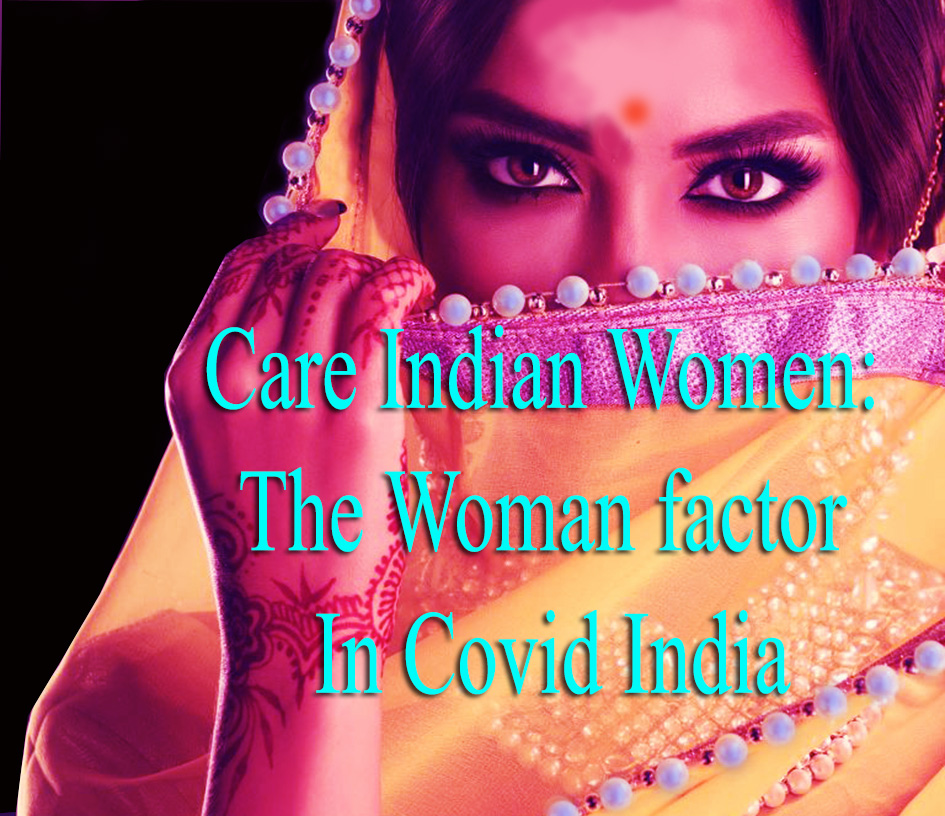The studies initiated by a group of scientists from India and the US show that Indian women face more risk of dying from Covid-19 than the men. The research group has analyzed the data up to the middle of May 2020 and reached a conclusion that 3.3% of women in India were infected and dying when compared to 2.9% infection and death of men. The fatality rate at the point of research is 3.1%. The study also shows that the infection and death of women found 3.2% in the age group of 40-49 when compared to 2.1% of men.
But the global analysis shows that more men are dying from Covid-19 than women around the world. As per the analysis more men have been infected and died in Italy China and the US. The studies conducted at Johns Hopkins University also shows that being male is as much a risk factor for the Covid-19. The study also showed that men are more likely to suffer from co-morbidities or underlying health conditions like cardiovascular disease and hypertension while analyzing the risk factor with Covid-19. Paradoxically India shows more infections and death to women.
At the same time, some researchers have the disputed opinion that the studies on the fatality rate by sex groups need to be conflated with the key metrics-mortality risk and mortality burden. Adhering to the international data, the statistics pertaining to India shows that men are having about 63% of total deaths. But there is a higher mortality risk factor. Besides, estrogen also plays a vital role to mitigate the rate of death among women. It is also interesting to note that older women are dying due to Covid-19 in India.
The Indian research scholars have the opinion that the research could be reliable only if the same is analyzed on the socio-cultural platform. In Indian background, women do not frequently visit doctors while they are sick and in fact, they will quite often manage themselves with self-medication. This will deteriorate the health in general of the Indian women. The unhygienic dwelling environment and under-nourishment of Indian women also have to consider while blindly approving the research and its findings, Indian researchers concludes.


